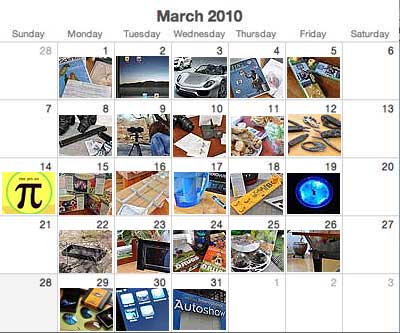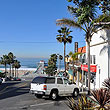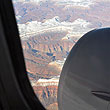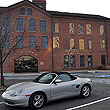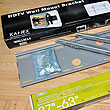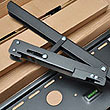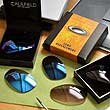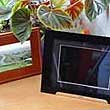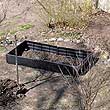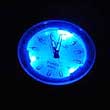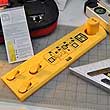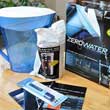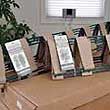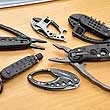Our Vespa battery started showing its age last Fall. We obtained a replacement battery from YUASA because we could see the writing on the wall. We knew our old battery would not survive an entire Winter out in the cold, but apparently it couldn't make it through inside, either (we removed it from the Vespa and brought it in when we were done riding for the year). When the temperature in Boston got over 70º a few weeks ago, we uncovered the scooter, put the battery back in, and tried to fire it up. It cranked a few times, but did not turn over. After a more attempts, the starter went silent. We knew it was time to activate the YUASA battery.

Lead-acid batteries are great for cars, motocycles, and scooters because they all need a burst of energy to start them. and that's what those batteries excel at. The chemistry for lead-acid batteries has been well known for over 150 years. The reversible chemical reaction can both store and discharge energy. The battery uses a combination of lead plates or grids and an electrolyte consisting of diluted sulphuric acid to convert electrical energy into potential chemical energy and back again.
The YUASA lead-acid battery is unlike a car battery in that it does not have the electrolyte already added. Once the electrolyte is added and and the battery sealed, it cannot be replenished. The electrolyte will evaporate over time/from use and the battery will not be able to hold a charge at that point.
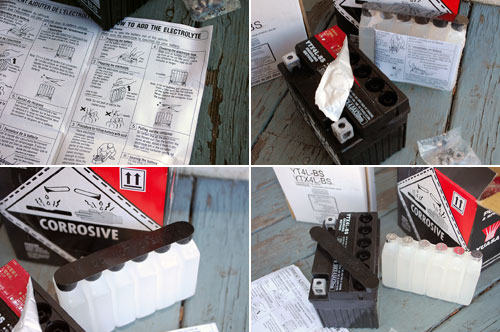
The directions for adding the sulfuric acid electrolyte was clear and the assembly process was easy. Still, we performed the task outside and were careful to avoid contact with the chemical solution. We prepared the battery by peeling off its foil and removing the cover to the sulfuric acid solution container. The cover will be used to permanently seal the battery once the sulfuric acid electrolyte has been added.

The electrolyte container consisted of six separate but connected vials of the liquid, each protected by a foil cap that gets punctured when the container is inverted and pressed into the battery opening. Once punctured, the solution emptied quickly, fully, and without any problems. We removed the empty container and covered the battery with the supplied cap. The cover's fit is very snug and isn't meant to be removed after being attached, and it took a bit of effort to press the cap into place.

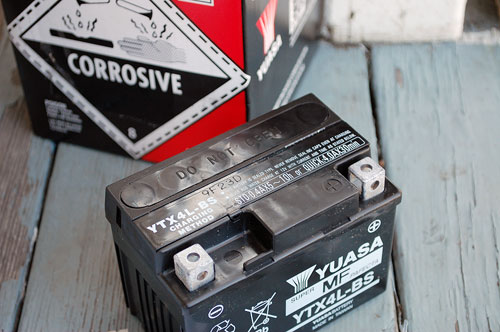
With the electrolyte added and the battery activated, the last step was to install it and get the Vespa started up. The battery came with two special terminal-fitting nuts and bolts. The nut was designed to slide into the terminal and stay in place. The screw fits in from the top and anchors the leads. Once we had both leads attached, we hit the Vespa's starter button, and the scooter came to life. Easy-peasy.
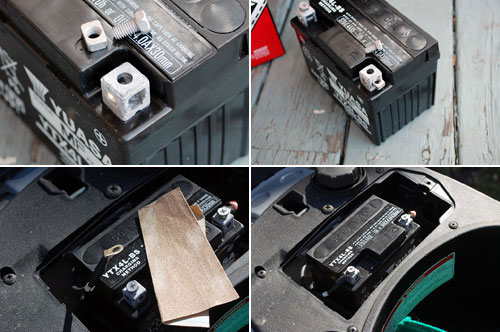
Our original battery was less than two years old. So we did a little more research to better understand how to make this one last longer. Lead-acid batteries designed for starting engines have a large number of thin plates in order to maximize the surface area and, therefore, the current output. This design can be damaged by deep discharge from non-use, which can result in capacity loss and premature failure. These kinds of batteries should be used at least once every few weeks. No doubt this was the problem for our original battery as we did not use our Vespa at all once the weather started getting colder. We will use it more this year. As a matter of fact, we are off to the coffee shop right now for an espresso. Abbondanza! [Permalink] -Vespa battery installation: YUASA
|

